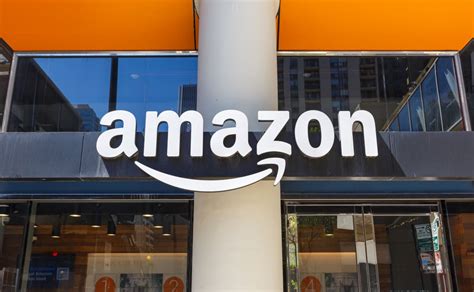What Is Perceived Value?
In marketing terminology, perceived value is customers’ evaluation of a product or service’s merits and its ability to meet their needs and expectations, especially compared with its peers.
Marketing professionals try to influence consumers’ perceived value of a product by describing the attributes that make it superior to the competition.
Key Takeaways
- Perceived value is a customer’s perception of a product or service’s merit or desirability to them, especially in comparison to a competitor’s product.
- Perceived value is measured by the price that the public is willing to pay for a good or service.
- The marketing of a product or service involves attempting to influence and increase its perceived value, which can emphasize qualities such as its aesthetic design, accessibility, or convenience.
Understanding Perceived Value
Perceived value comes down to the price that the public is willing to pay for a good or service. Even a snap decision made in a store aisle involves an analysis of a product’s ability to fulfill a need and provide satisfaction compared to other products under different brand names.
The work of the marketingprofessional is to enhance the perceived value of the brand they are selling.
The pricing of products takes perceived value into consideration. In some cases, the price of a product or service may have more to do with its emotional appeal than with the actual cost of production.
Even a snap decision made in a store aisle involves an analysis of a product’s perceived ability to fulfill a need and provide satisfaction.
Types of Perceived Utility Value
Marketers who want to influence the perceived value of a product define its attributes in terms of its utility, or the extra benefits and values that the customer expects to get in using it. The perceived utility of many products and services may differ widely even among similar or virtually identical products.
There are five types of utilities that companies aim to create through marketing campaigns for products:
- Form utility is the aesthetic appeal of the physical design of a product. Even a utilitarian product like a frying pan can increase in perceived value because of its appealing design.
- Task utility is the value attached to a service that saves the customer time, effort, or money. Car detailing shops and laundry services offer utility value.
- Time utility refers to the ease of access to a service or product, such as 24-hour service compared to 9-to-5 hours.
- Place utility is the convenience of the location, like a fast-food outlet that’s around the corner compared to a restaurant that’s 20 miles away.
- Possession utility refers to the ease of purchasing the product. A department store that features online ordering, home delivery, or in-store pickup is aiming for possession utility.
Special Considerations of Perceived Value
A company’s brand is meant to communicate a set of expectations associated with its products or services. That’s why a well-established brand can command a higher price than its generic equivalents. Advil and Motrin both contain ibuprofen, but both brands are priced higher than generic ibuprofen.
Luxury goods, however, carry the perception of value to another level with the addition of prestige. The highest value of luxury goods is associated not with their utility but with the prestige that owning and using it entails. The perceived value of a Rolex watch is not based on its functionality but with its image as a mark of personal success and refined taste.
At the opposite end of the scale, some brands are marketed as smart bargains. The perceived value of a product may be its low price compared with competitors of equal quality.
What Does Perceived Value Boil Down to?
Perceived value comes down to the price that the public is willing to pay for a good or service.
How Do Marketers Define Perceived Value?
Marketers aiming to influence the perceived value of a product define its attributes in terms of its utility, or the extra benefits and values that the customer expects to get in using it.
Why Do Some Brands Charge More for the Same Product or Service?
A company’s well-established brand can command a higher price than its generic equivalents, because that brand is meant to communicate a set of expectations associated with its products or services.
The Bottom Line
In marketing parlance, perceived value is customers’ evaluation of the merits of a product or service and its ability to meet their needs and expectations, especially in comparison with its peers.
